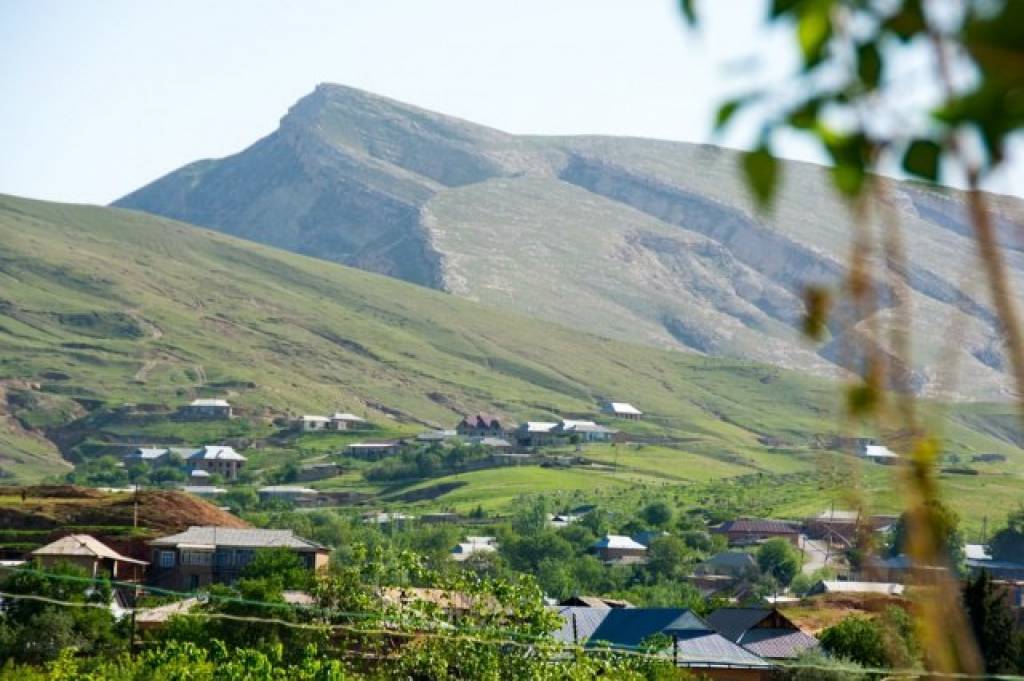Happy women for whom city life is better than village life

We didn’t even think that our trip would lead us to amazing places.
We didn’t even think that our trip would lead us to amazing places.
When our group got to a small train station on the outskirts of Navoi city, no one felt neither joy nor amazement.
It turns out Navoi is much smaller than other cities of our country. This can be understood by the fact that a few minutes after we hit the road, city landscapes ended and rural houses appeared. This picture quickly changed, and the desert began.
From time to time, there were saxauls, herds of sheep and all. And of course, more than twenty media workers, looking at each other, and asked: “Where are we going?”, “When will this desert end?”, “It’s dusty everywhere, is there an end to this road?”.
Representative of Navoi Regional Department for Tourism Development Dilshod Khojayev, who accompanied us, told us interesting information about this area.
“Now we are passing by Karmana district. There are several historical monuments and places included on UNESCO’s World Heritage List, among which are the Mavlono Orif Deggaroni Mosque, the Mausoleum Kasim Sheikh, Sardob Malik, the Rabat-i Malik Monument”.
Listening to these interesting facts, we did not notice how we had come a long way and reached Navbakhor district.
The history of local Sarmishsay tract goes back centuries. Many tourists come here to see the world famous petroglyphs that reflect the lifestyle of ancient people.
We learned that modern recreational places have been created here. There are also three springs here, one of which is located in Nurata district, the other in Dekhibaland village, and another in Aktepa recreational place. All these springs have healing properties.
We got to Gazgan. This large construction site organized in the desert, which at first appeared as a mirage, turned out to be a reality. If until now there were eight districts and two cities in the region, now the construction of the third city has begun.
Shokhimardon worship place is located here. Moreover, Gazgan marble has not only white, but also other colors. There is certainly a great demand for multi-colored natural Gazgan marble.
We saw small villages, trees, and domed buildings from afar – located along the road of the mosque Jami Chulistan, Panjvakta and Juma.
Suddenly, we faced with high mountains and paths instead of the red desert.
Our guides said that places that are even more amazing await us, and the place where we are heading has wonderful natural beauties.
Driving past mountain trails, we seemed to have fallen into the past or ended up in some kind of historical film. Stone houses, stone villages and waterfalls, women with children, girls with beautiful braids, and dragging water in flasks loaded into a wagon.

Having stopped on the street, we asked the woman who got in our way the name of this village.
“Sintop is the most beautiful and ancient village in the world”, she answered with a smile on her face. We liked the friendliness of the woman who introduced herself as Mutabarkhon, and we asked her another question.
“Would you like to live in a city?”
“No, I will never leave my village”.
Having had interesting conversations with the villagers, we forgot about the long journey and fatigue.








